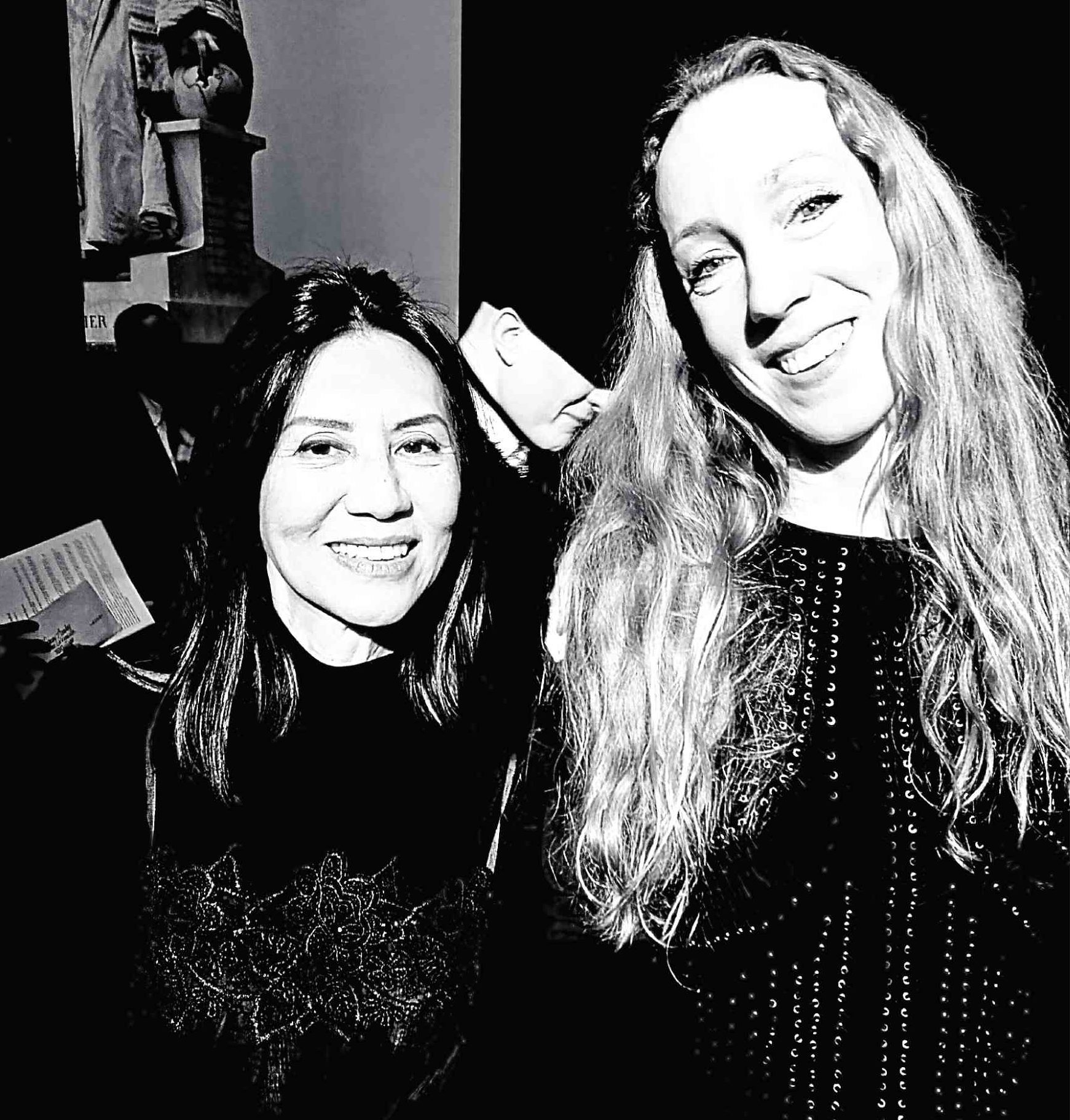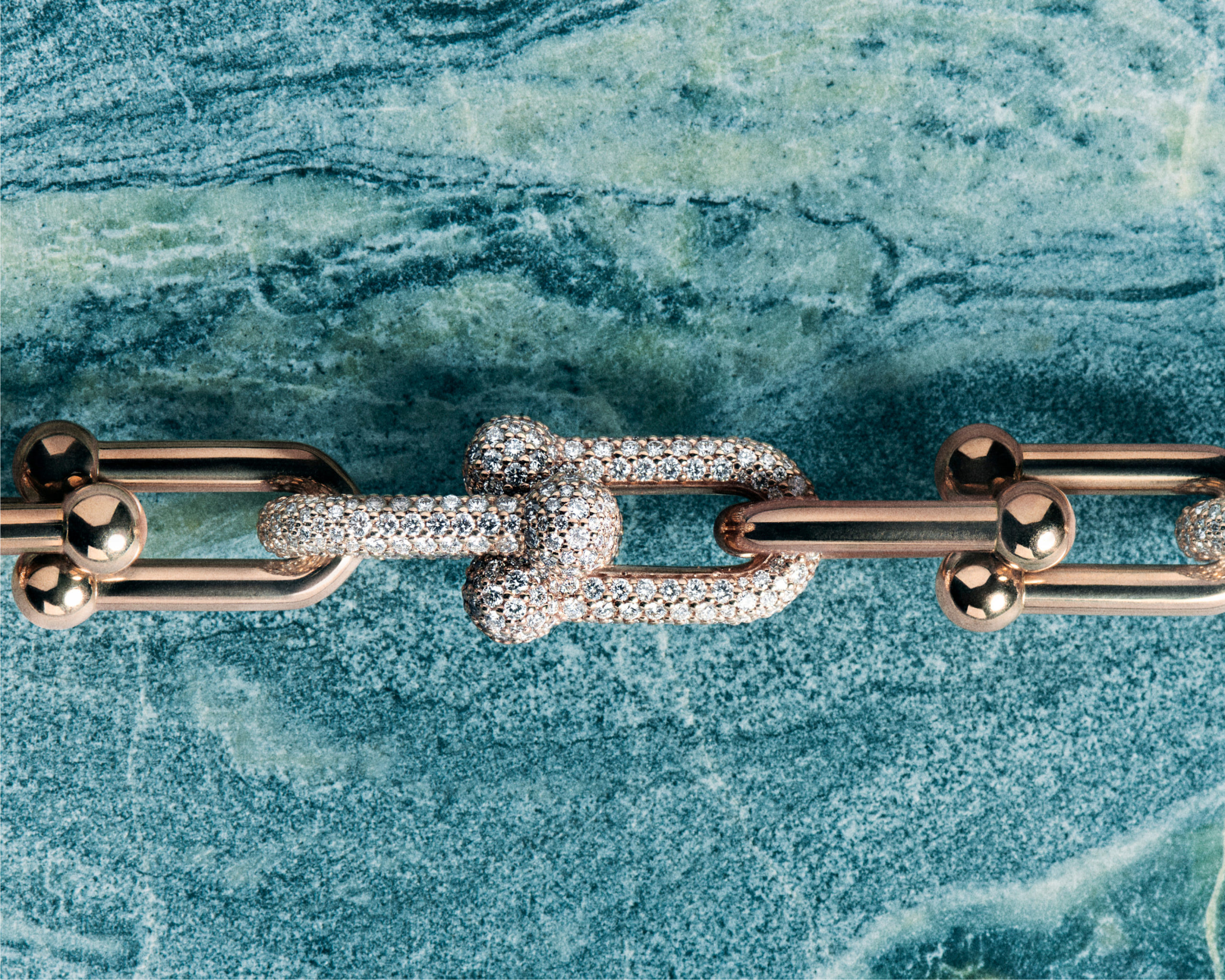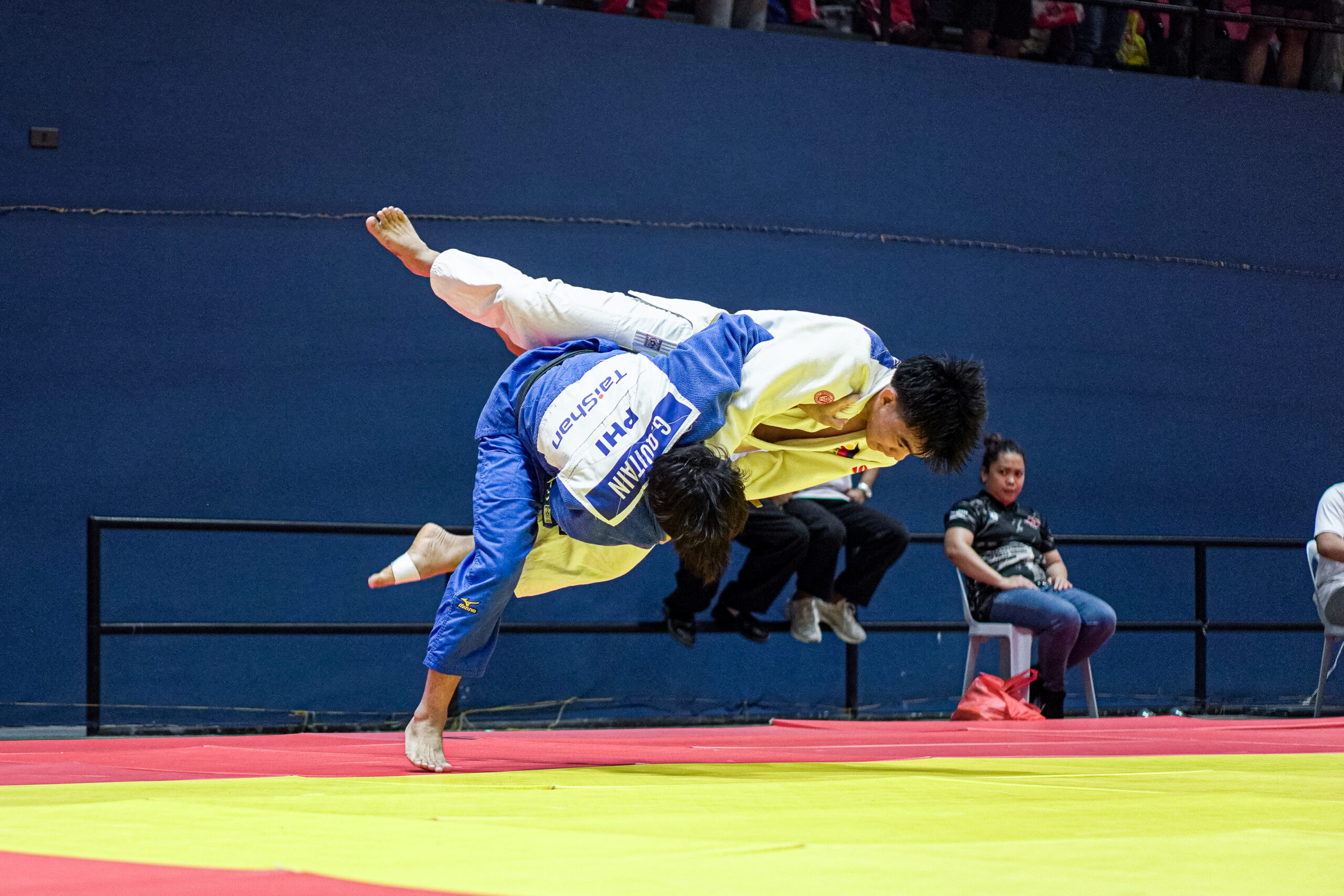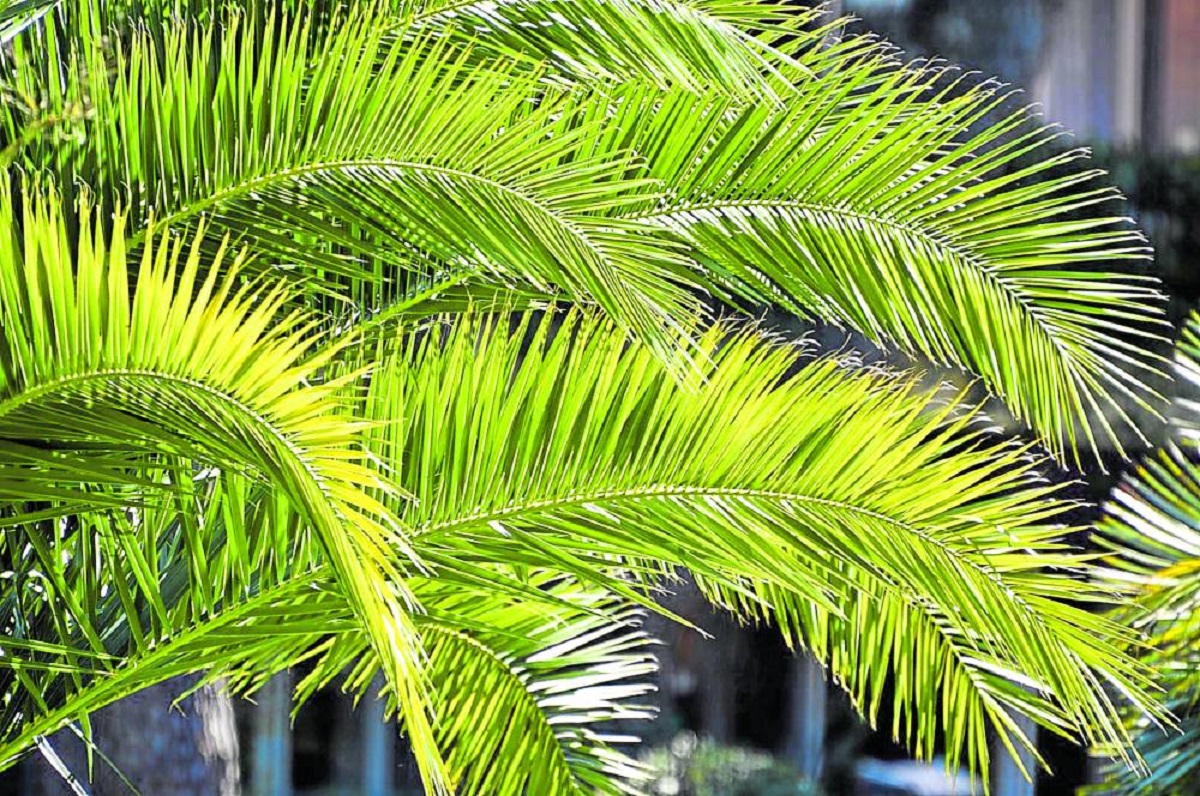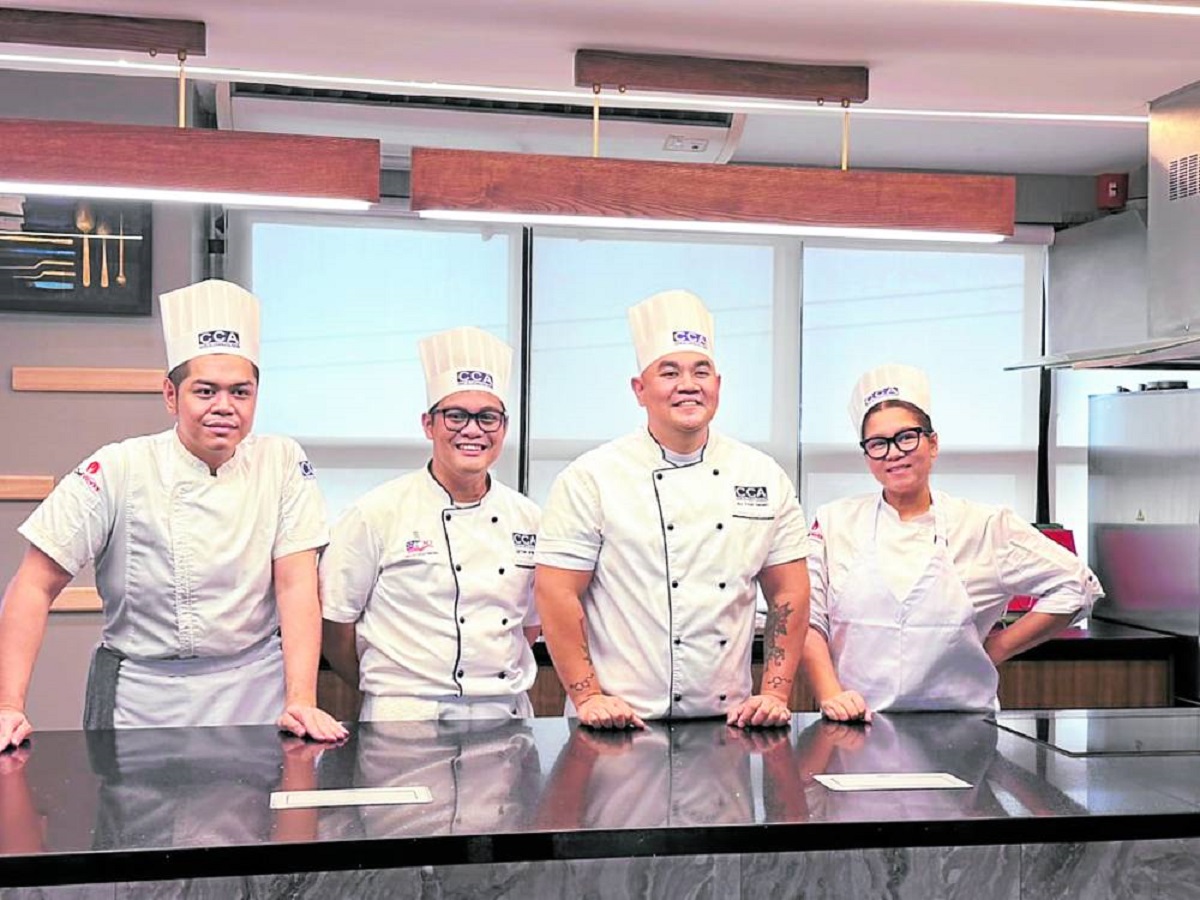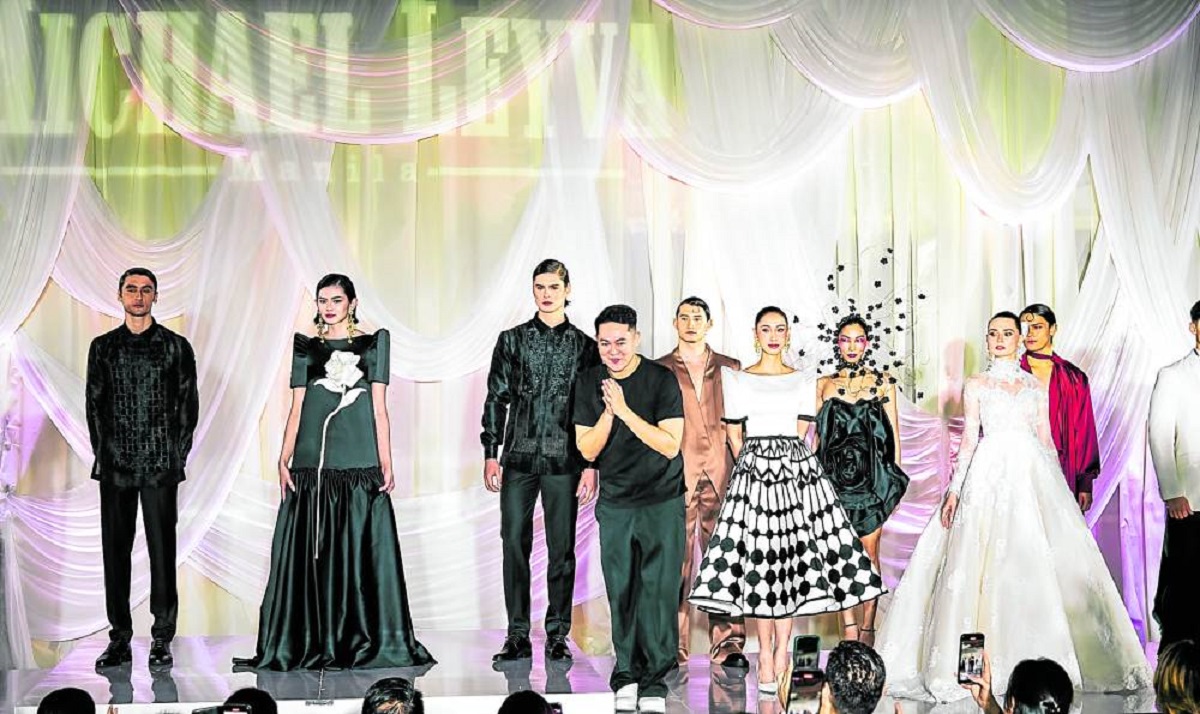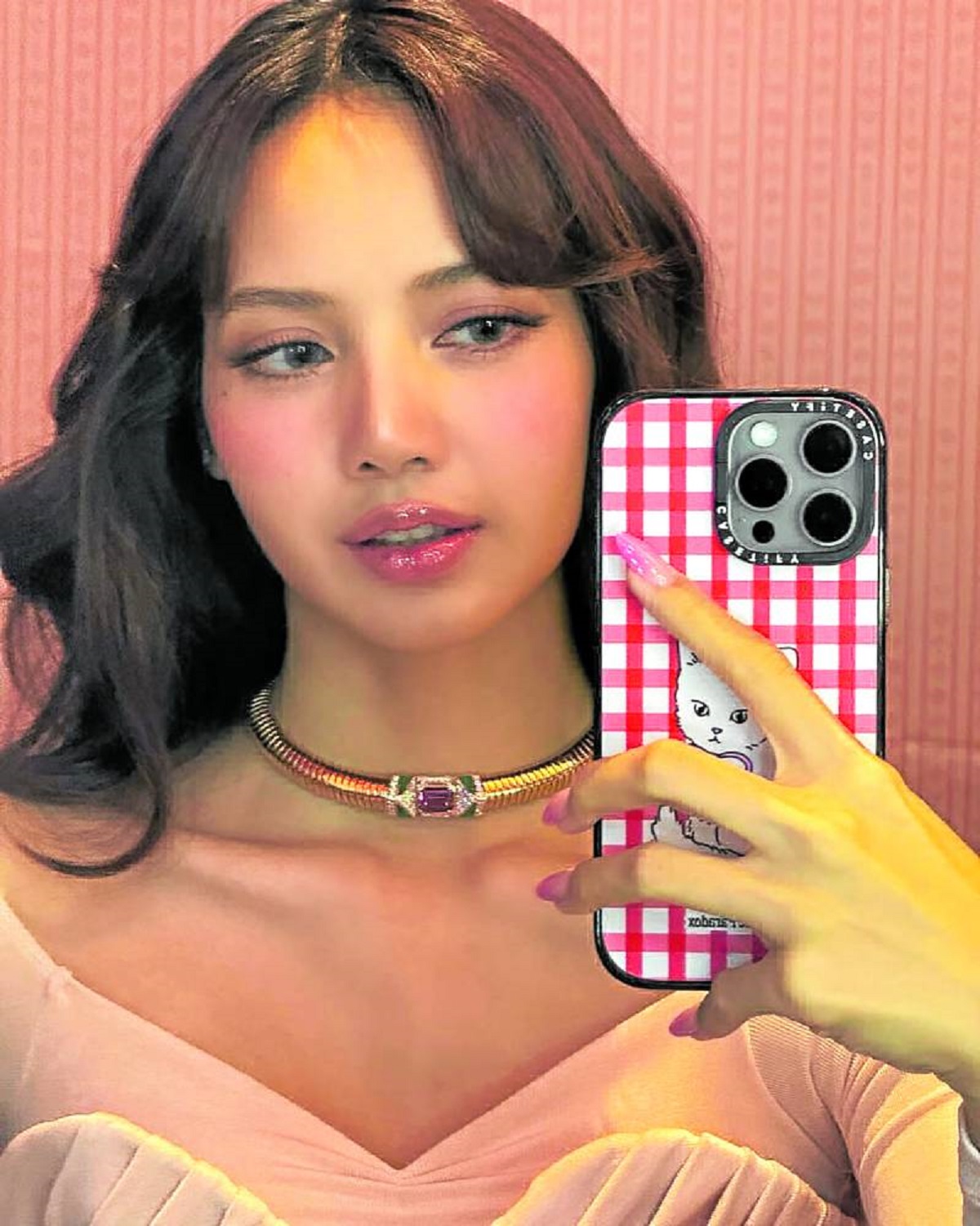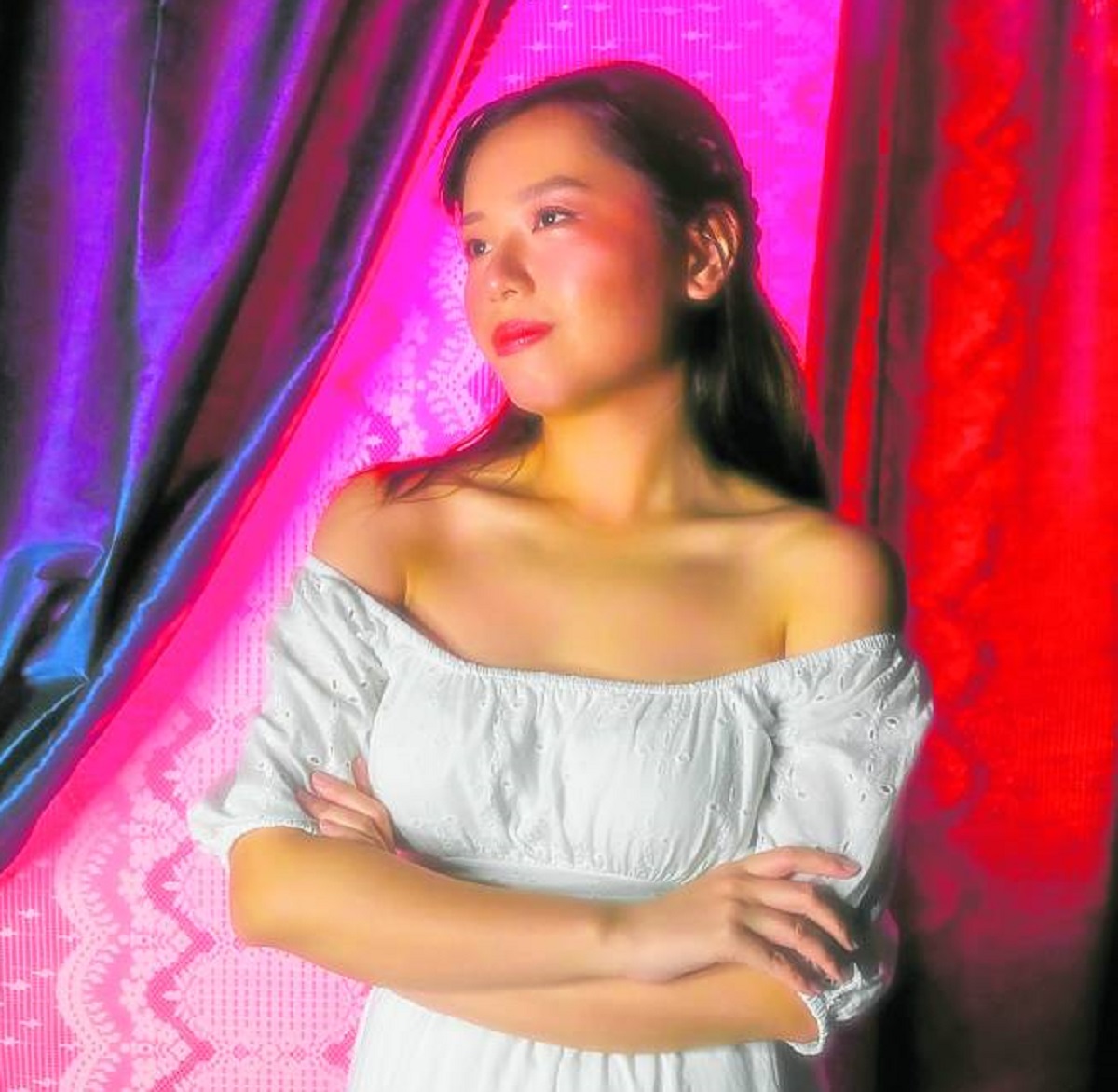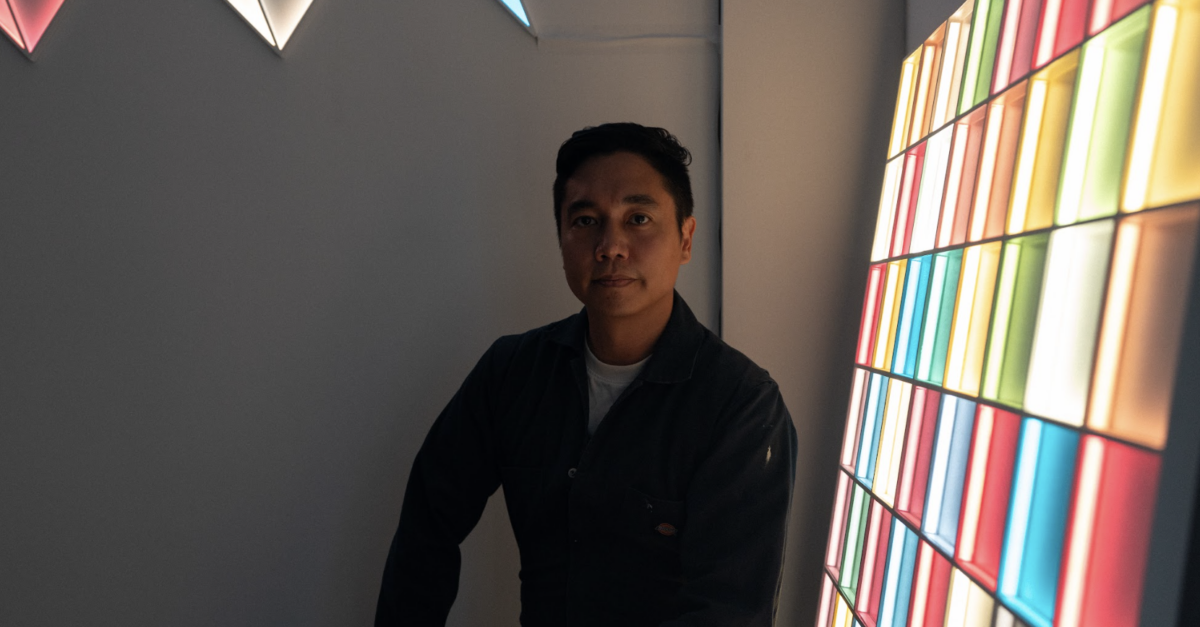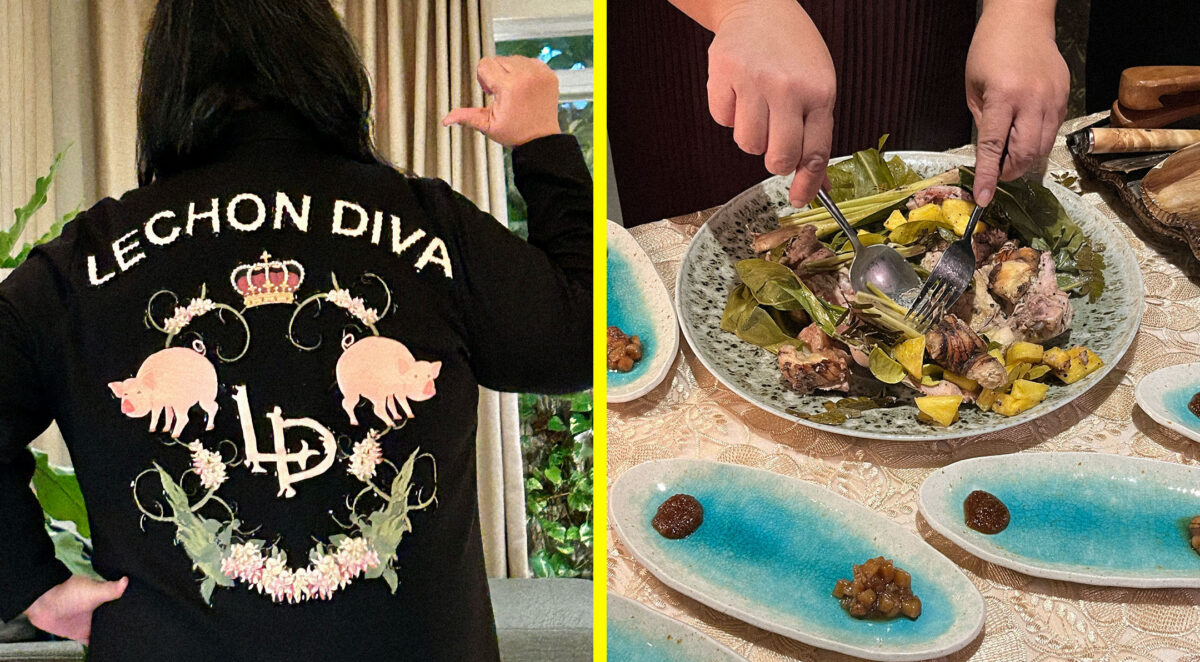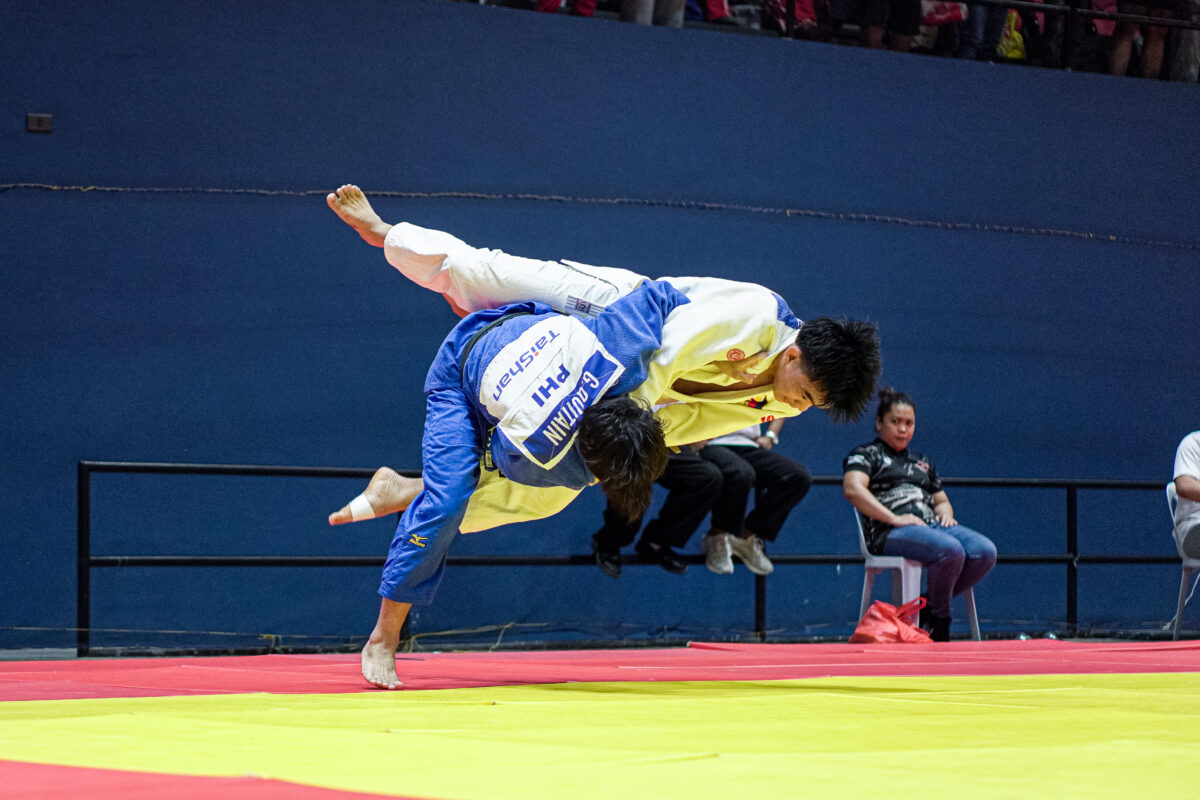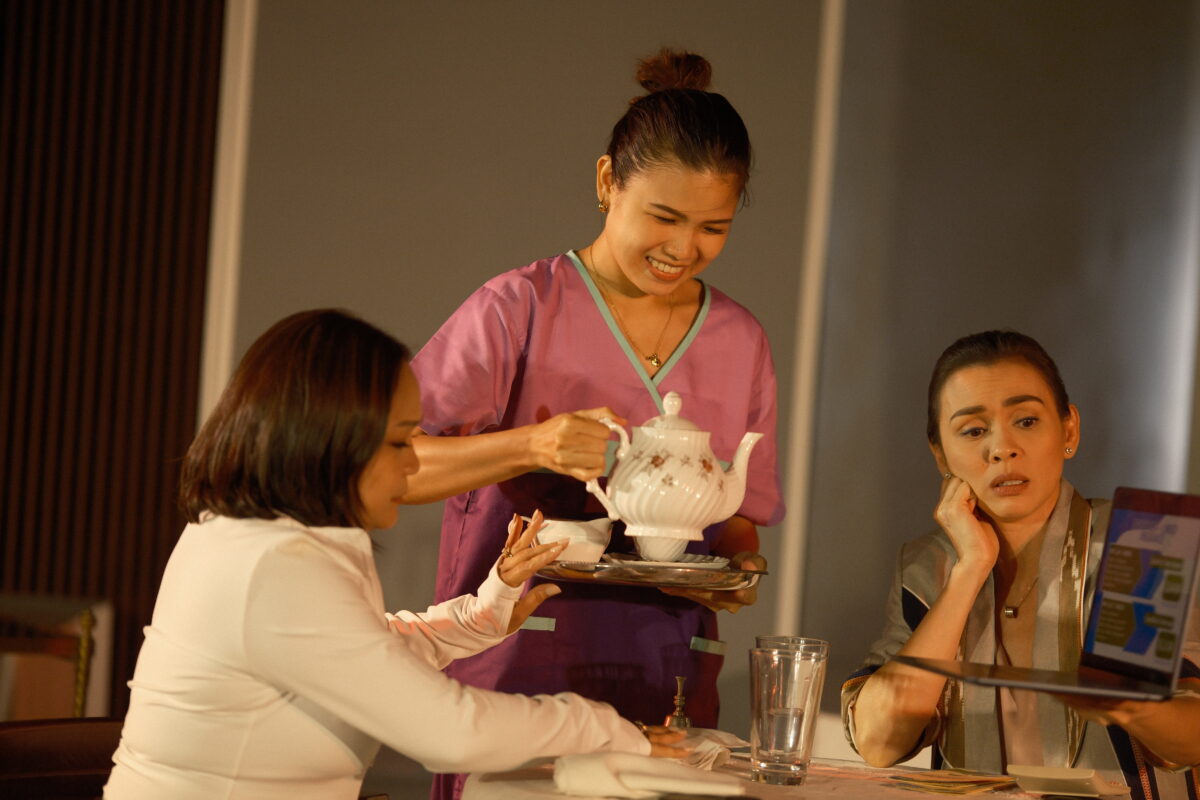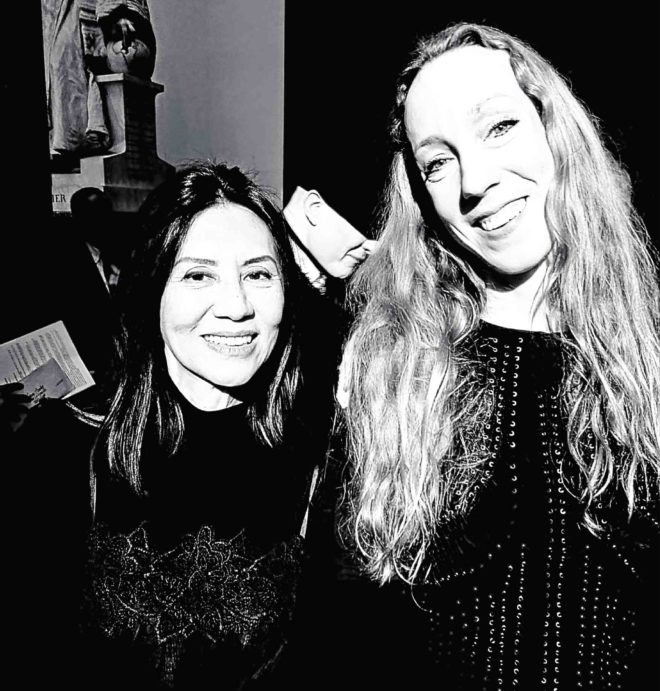
The biggest compliment that designer Lulu Tan-Gan has ever received lately was a personal invitation from Dutch artiste Iris van Herpen to watch the latter’s collection in the Paris Fashion Week last January.
Van Herpen, 33, is touted as one of the most provocative designers of this generation. Vogue has described her as a “prodigious replicator of nature, using processes that defy fashion” and a “sublimely cerebral outlier on the haute couture schedule.”
According to the New Yorker, she “unites forward-looking technology with artisanal craftsmanship.”
Inspired by the natural sciences, Van Herpen’s unusual designs use unpredictable materials, unique laser-cutting techniques and advanced 3-D printing. She uses polyester resin and delicate wiring tapestry to bond clothes together.
For several seasons, Van Herpen has been a guest member of the Chambre Syndicale dela Haute Couture, the French regulating body of the haute couture industry.
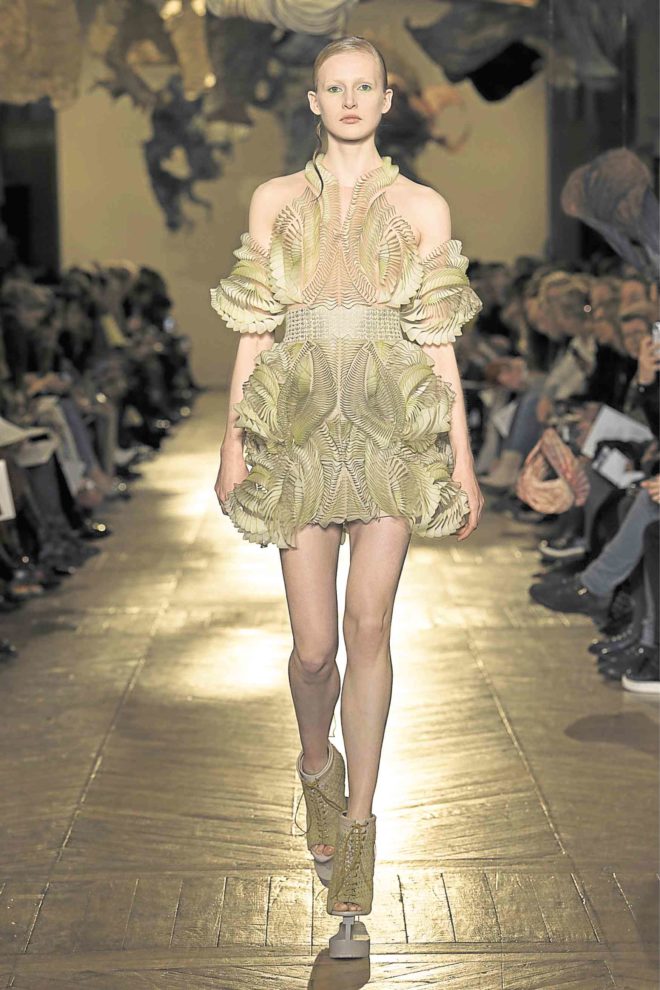
VOGUE.COM
Early last January, Tan-Gan received an e-mail from Van Herpen’s staff complimenting her work. The Dutch designer and her staff checked out Tan-Gan’s website and researched on the Filipino designer’s works. Tan-Gan pioneered in knitwear and continues to experiment with various techniques to create different textures.
She has worked with piña, bamboo and other organic materials.
“They were impressed,” said Tan-Gan. “They understand my work. We start our design by making the fabric. In most cases, you order the fabric, then design from there. Here, people look at the dress but they don’t analyze the process of the design and production. Hardly anyone here makes his/her own materials. The younger designers collaborate with weavers but the technique is traditional.”
Presented at the Galerie de Minéralogie et de Géologie, Van Herpen’s collection was derived from nature, with topography shots that resemble the human form by Thierry Bornier and Andy Yeung, and paper sculptures of Dutch artist Peter Gentenaar.
“She translates her 3-D works into very soft materials like silk. The garments are painstakingly put together but featherweight,” observed Tan-Gan.
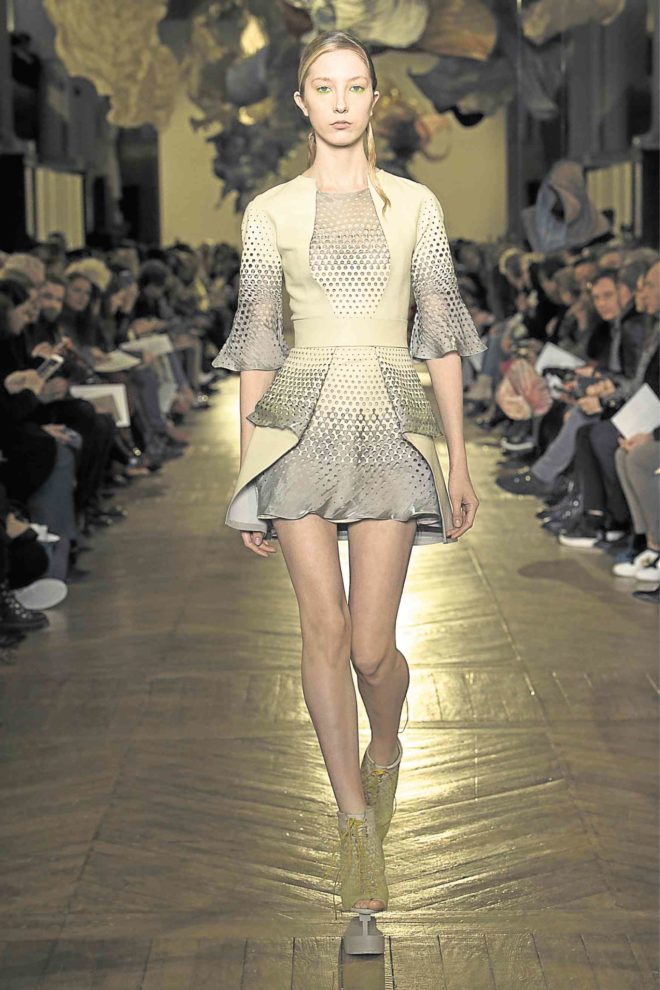
lightness.”
After the show, Tan-Gan met Van Herpen and both expressed mutual admiration for each other’s creations.
“Iris is forward-thinking and digitized. On my part, I mix materials. There is texture and interplay of materials. You must know the material very well to understand its constitution,” she said.
This visit was a learning experience—it made her understand the meaning of haute couture. Tan-Gan noted how the term was often misused to refer to any fancy customized dress, made with expensive material and with a lot of handwork.
She learned that the term “haute couture” is covered by French law and classified under the Paris Chamber of Commerce and Industries. To qualify, a fashion house must fulfill the criteria set by the Chambre Syndicale de la Haute Couture’s—individual fittings of made-to-measure clothes for private clients; an atelier in Paris with a full-time workforce of 15; the house must stage a collection of 50 original designs of daytime and eveningwear twice a year.
Tan-Gan said that we must understand the meaning of the term so that we don’t use “haute couture” loosely. —CONTRIBUTED

